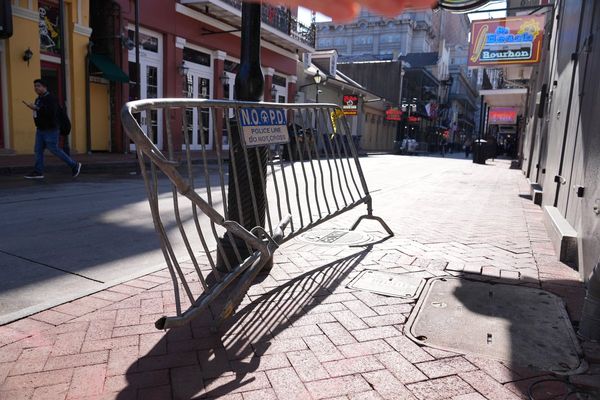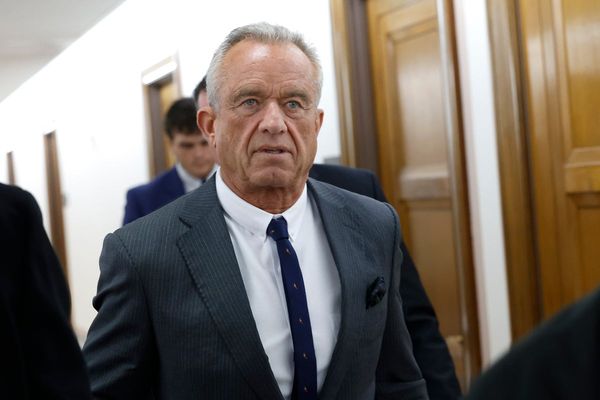
As we mark 11 years to the outbreak of uprisings in Syria, one must remember how the uprisings evolved into a civil war, and then into an international conflict and proxy war.
The uprisings in Syria followed those that unfolded in Tunisia and Egypt, in which both presidents resigned.
In Syria, the uprisings began as a result of the arrests and deaths (according to the Syrian opposition) of several teenagers who painted graffiti that stated “Down to Assad” on one of the walls of their hometown, Deraa, in southwest Syria.
It is no mere coincidence that the uprisings broke out in the periphery, after years of drought and Syrian President Bashar Assad’s focus on urban development, unlike his father, who relied on the periphery to consolidate his power.
Thus, the existing grievances, along with the sparking event of the arrests and possible deaths of the teenagers, led to uprisings in Deraa, in which the statue of Assad the father was demolished, marking the beginning of uprisings throughout Syria.

Assad’s refusal to step down and his decision to use the might of the military against the population led to the outbreak of the Syrian civil war.
The Syrian civil war
The war in Syria was fought between multiple entities, rather than the regime against one unified opposition.
The population was divided in its loyalty and opposition to Assad’s regime, along religious and ethnic lines. The Sunni religious majority at large fought against the Alawite regime. The Alawite regime itself was supported mainly by the Alawite and Shi’ite minorities, along with parts of the Druze community, led, of course, by the remaining loyal members of the Syrian army. The Kurdish ethnic minority, which is Sunni, sought to establish an independent Kurdish state in the Syrian northeast, where the majority of the Kurds reside.
The divisions were apparent also among the Sunni opposition. Surfacing movements were divided mainly on their level of religiosity, conservative ideology, or secularism. This lack of unity, among other reasons, caused the failure of the opposition.
Despite the fact that many in the opposition were supported and trained by the US and Saudi Arabia, the limited support and lack of military intervention, rebel groups refusing American orders and lack of a strong united front eventually proved to be the opposition’s downfall.
The rise of ISIS
Islamic State was born on October 15, 2006, by the efforts of Abu Musab al-Zarqawi, a Jordanian-born terrorist, who conducted terrorist attacks in Jordan and was imprisoned for his acts. After his release, he joined al-Qaeda in Afghanistan, until his attempt to establish an Islamic state after the American withdrawal from Iraq in 2007.
The ideology spread into Syria in the chaos of the war, and Islamic State was able to spread its control into the Syrian state, until it eventually declared statehood in territories in Iraq and Syria in June 2014. This unexpected and swift spread of ISIS led many analysts to believe in August 2015 that Assad’s days were numbered.
The Russian, Iranian intervention
Russian President Vladimir Putin shrewdly recognized the American weakness in Ukraine affairs and officially entered the war in Syria in September 2015.
At the time, the Syrian government was on the brink of collapse. Still, the Russian intervention, along with that of Iran, shifted the balance of power in favor of the government.
Russia took a leading role in regaining territorial control in favor of Assad. The Russian offensive reestablished stability for the Assad government and its exhausted army, taking on both the rebel groups as well as ISIS forces. Iran and its proxies were also in the fight on both fronts, led by proxy forces including the Lebanese Hezbollah and the Pakistani Fatimiyoun. By summer 2018, the Syrian army and its allies had regained control of most of the territories.
International conflict
Despite the Russian and Iranian support, the Syrian government was unable to regain control over all of its territories. The largest territory outside of Syrian control is the north and northeastern parts of the country, including most of the border with both Turkey and Iraq, controlled by Kurdish forces.
The presence of Kurdish independent territory alerted neighboring Turkey. Its southern part includes a large Kurdish population, and Turkish President Recep Tayyip Erdogan’s main concern was the loss of territories to Kurdish hands.
Instead of staying on the defensive, Erdogan exploited the Kurdish weaknesses and took an offensive approach, aiming to gain Syrian territory. The Kurds were exhausted from the war and struggled to maintain control of the large territories they had gained, more territory than they had aspired to, in their clashes with ISIS. Thus, Turkey attacked northern Syria in 2019 and ever since has controlled an enclave in Syrian territory at the heart of the Kurdish-controlled territory.
The war in Syria has become the arena of international and regional powers. Russia has challenged the American intervention, Iran has increased its presence in the Syrian southwest in order to challenge Israel on both the Lebanese and Syrian fronts, and the Turks have gained Syrian territory from the Kurds, who remain in a state of status quo yet aspire to independence and statehood.
Meanwhile, ISIS has resurfaced and has regained control of small enclaves within the Syrian desert in the heart of the country.
The future
The Turkish offensive and the new ISIS enclaves are the last significant territorial shifts in Syria. For now, the area continues in a state of status quo. The Kurds control the north, aside from the Turkish enclave, the opposition holds one significant territory in Idlib, the American presence remains on the Syrian-Iraqi border of Al-Tanf, and ISIS remains alive in small territories.
The most probable future development is the return of all the territories to the hands of the Syrian government.
The key to ensuring complete territorial control is the Kurdish territory, the largest outside of the government’s control. Assad will have to provide a certain level of autonomy for the Kurdish population, ensuring the freedom of the Kurds to practice their language, and culture, while remaining under Syrian authority as well as protection.
This will eliminate Turkey’s claims over the territory it controls in the Syrian north, and it will eventually return to Syrian hands.
Thus, the last Syrian challenge will be to eliminate the remaining ISIS enclaves and eradicate the fanatic ideology on a grassroots level to prevent its return.
The Syrian future looks to be in the hands of Assad. Despite his long-term concerns about Russian and Iranian interests and influence, Assad will remain in power as long as he maintains his alliance and balances the influence of his two main allies.
The writer has a master’s degree in national security studies from the University of Haifa International School and a BA in international relations from James Madison University in Virginia. He has been published as a researcher at the Alma Research and Education Center.







